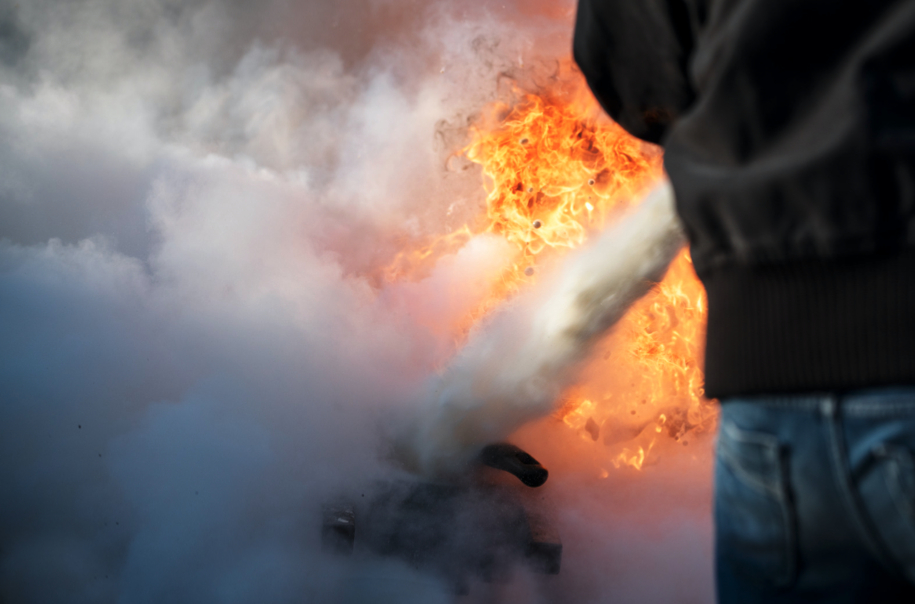|
How to Use a Fire Extinguisher: A Step-By-Step Guide
One of the most important pieces of safety equipment in any home or office is a fire extinguisher. But having a fire extinguisher is only half the battle – you also need to know how to use it! In this article, we’ll walk you through everything you need to know about fire extinguishers, from choosing the right one to using it effectively. We’ll also give you some tips on what to avoid when operating a fire extinguisher. By the end of this article, you’ll be a pro at using a fire extinguisher – and you’ll be one step closer to being prepared for any emergency. What Are the Different Types of Fire Extinguishers?Fire extinguishers come in a variety of types, and it’s important to choose the right one for the situation. The most common types of fire extinguishers are water-based, dry chemical and carbon dioxide. Water-based fire extinguishers are best suited to put out fires caused by combustible materials, such as wood and paper. Dry chemical extinguishers are designed to put out electrical fires, while carbon dioxide extinguishers are designed to put out fires caused by flammable liquids and gasses. It’s important to choose the right type for the fire you’re trying to put out, as some types are more effective than others. For example, a water-based extinguisher won’t be effective in putting out a fire caused by an electrical short circuit. How Do You Use a Fire Extinguisher?P.A.S.S. is an acronym that can help you remember how to use the extinguisher. Follow the P.A.S.S. Method:
Finally, keep spraying until the fire has been completely extinguished. This can take anywhere from 30 seconds to several minutes. What Are Some Fire Extinguisher Safety Tips?When using a fire extinguisher, always remember to follow these safety tips: • Always read the instructions before using the extinguisher. • Make sure the area is well-ventilated before using the extinguisher. • Always keep the extinguisher upright while spraying it. • Never use a fire extinguisher on a large or out-of-control fire. • Wear protective clothing, such as gloves and safety glasses. • Place the used fire extinguisher in a designated area and inspect it regularly. What Should You Do if You Can’t Put Out the Fire?If you’re unable to put out the fire with a fire extinguisher, it’s best to evacuate the area immediately. Call the fire department to let them know the situation, and make sure everyone in the area is out of harm’s way. When evacuating, make sure to stay low to the ground to avoid inhaling smoke and toxic fumes. Do not open doors that have smoke coming out from under them. Once out of the building, try to keep a safe distance from the fire and stay away from any powerlines or other hazardous materials that could cause injury. How Often Should You Check or Replace Your Fire Extinguisher?It’s important to regularly check and maintain your fire extinguisher to make sure it’s in good working condition. This is especially true if the fire extinguisher has been used in the past. Most fire extinguishers should be inspected once per year and serviced every 5 or 6 years by a qualified professional. If the fire extinguisher is more than 12 years old, it should be replaced. Additionally, if the pressure gauge on the fire extinguisher reads “empty” or “low”, it should be refilled or replaced as soon as possible. ConclusionKnowing how to use a fire extinguisher correctly can be a huge asset in the event of an emergency. That’s why it’s so important to take the time to familiarize yourself with your fire extinguisher and understand the proper way to use it. By following the steps outlined in this article, you’ll be well-prepared to handle any small fires that may come up. Remember to regularly check and service your fire extinguisher, and never use it on a large or out-of-control fire. |